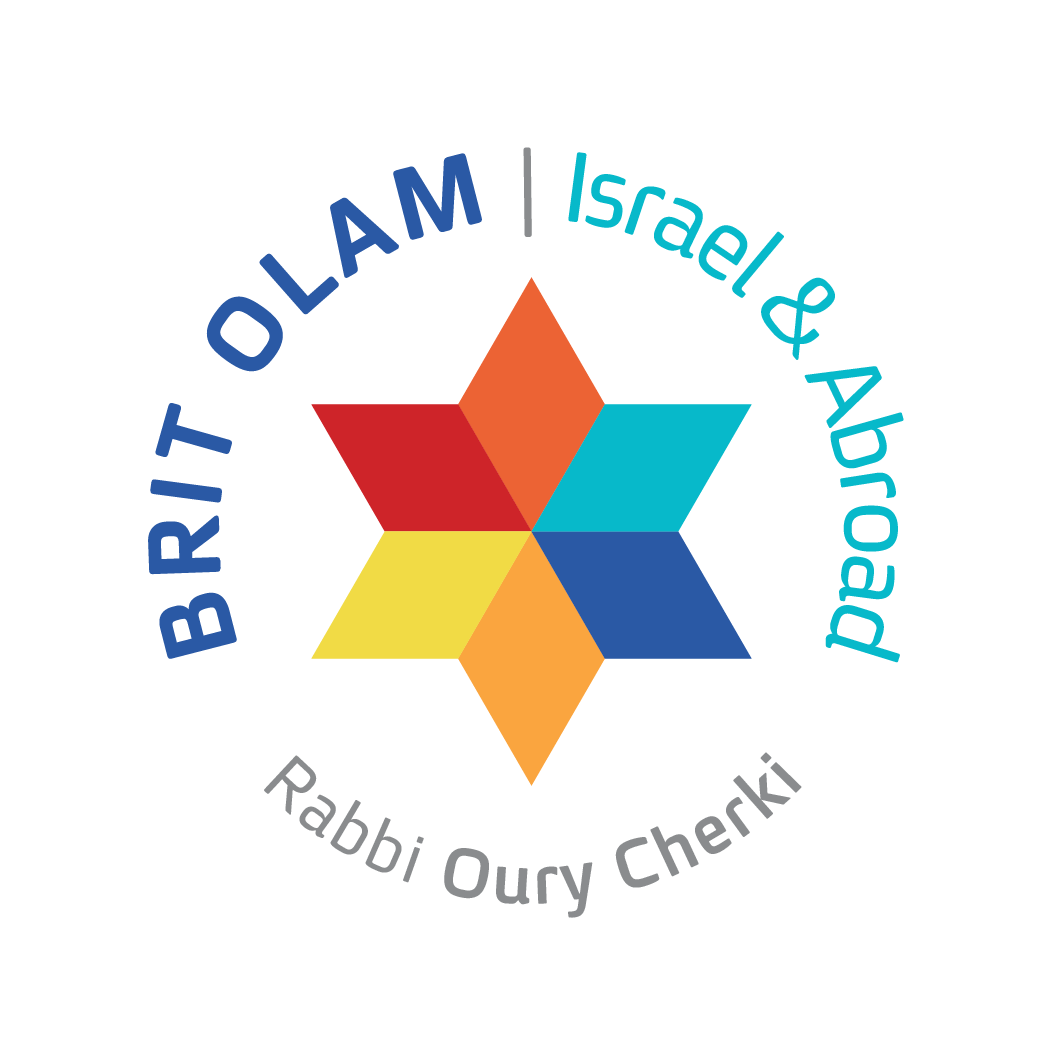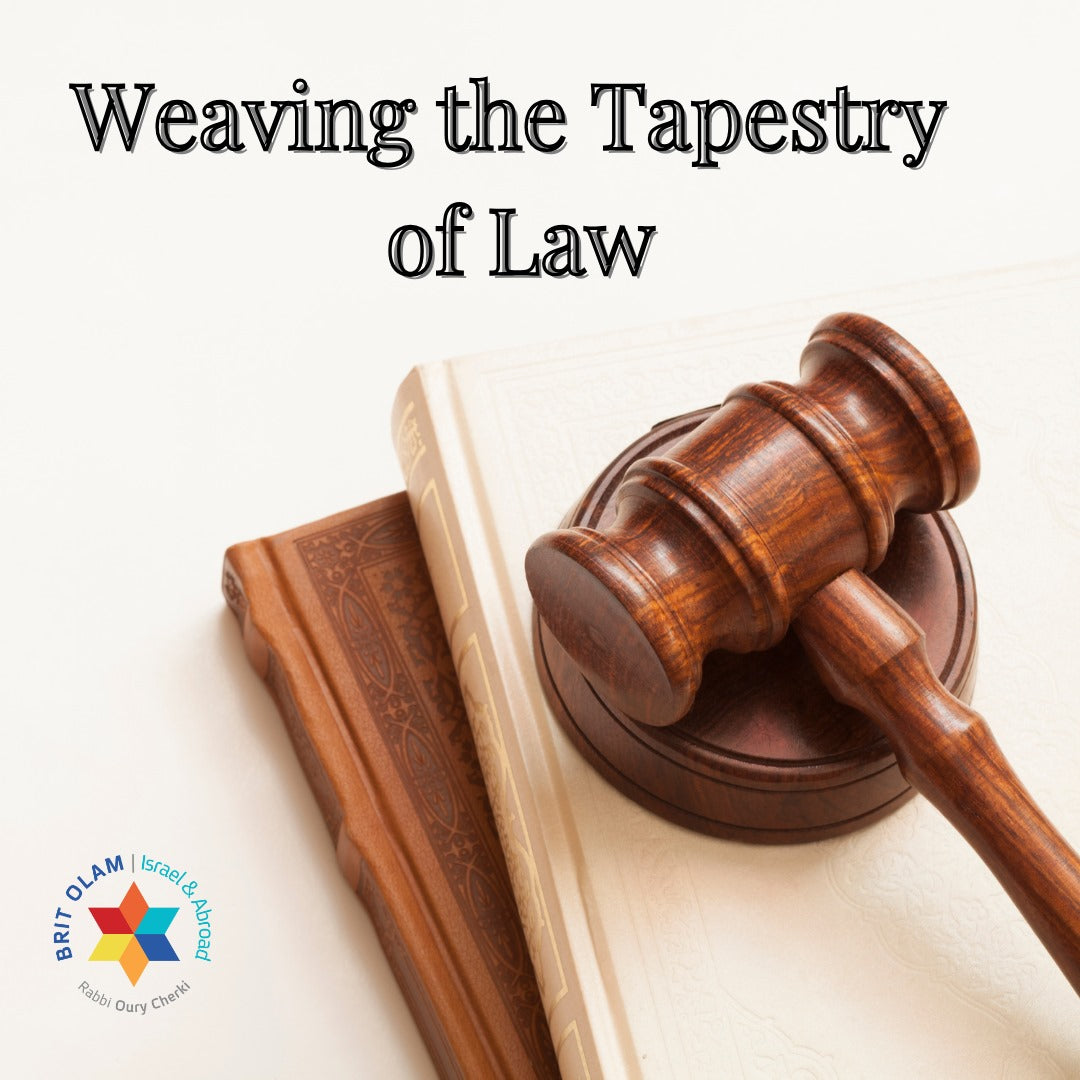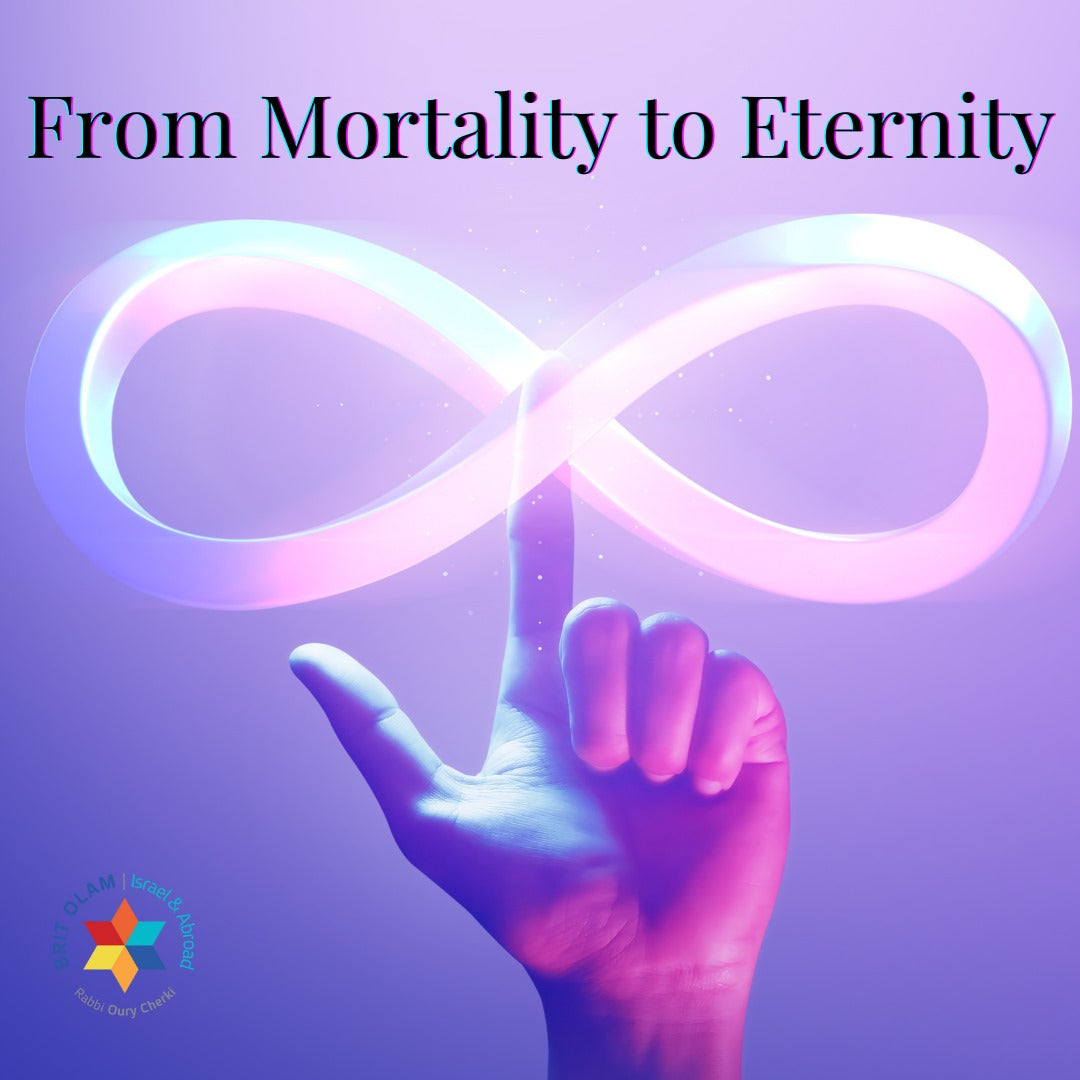"A man of the house of Levi went and married a daughter of Levi." "The woman conceived and bore a son, and [when] she saw him that he was good, she hid him for three months". "His sister stood from afar to know what would be done to him." "Pharaoh's daughter went down to bathe."
All these verses, or parts of the verses we have brought, need one thing - names. We want to know who the man is, who the woman is, who the child is, who the daughter of Pharaoh is, and who the sister is. We know from other sources, but the text intentionally omits the characters' names here. This is meant to convey an erasure of names within the context of Egypt. While our portion begins with the words 'Now these are the names of the sons of Israel,' names gradually disappear as we progress through the narrative.
Egypt refers to individuals in an impersonal' way that does not recognize the personal value of the person. Only with Moses is it written, "She named him Moses." What does Moses mean? Moses is an Egyptian term for the word- Boy . "she said, "For I drew him from the water." a Hebrew interpretation of an Egyptian name, meaning only after Moses flees to Midian and marries Zipporah - ah, suddenly there are names, the names of Moses, Jethro, Reuel, Zipporah, and their son Gershom, and also the name of the Holy One, blessed be He, is finally revealed when He says to Moses, 'Do you want to know My name? Here is My name.'
We understand that our forefathers were 'immersed' in Egypt - in the terminology of 'erasure' - in the depth of a culture that has been erased. Therefore, Moses had to decide to which culture he belonged. When it is written, 'Moses went out to his brothers,' we need to ask who they are. Rabbi Abraham Ibn Ezra believes it refers to the Egyptians, while the Ramban says it refers to the Hebrews. Moses had to clarify for himself, so he went to investigate. When he found an Egyptian striking a Hebrew, he understood and felt that the Hebrew people were his brothers. Moses' solidarity brought him to this realization, connecting him with the fate of the Hebrew people, as he identified with their suffering."



